India And Its Relation
May 28, 2019 • 30 views
Indiahas formal diplomatic relations with most nations; it is the world’s second most populous country, the world’s most-populous democracy and one of the fastest growing major economies. India has adopted a foreign policy of neutrality and non-involvement.
India shares border to many countries. India’s Neighbouring countries are:
1.Pakistanin the North West portion.
2.Chinain the north region.
3.Nepalis just above the central region.
4.Bhutanin the north east region.
5.Bangladeshnear the eastern side.
6.Myanmar (Burma)in the far eastern side.
7.Sri Lankain the southern region.
India and Pakistan:
The two countries share the same historical, linguistic and cultural heritage. Yet, ever since independence, relations between the two countries are marked by hostilities.
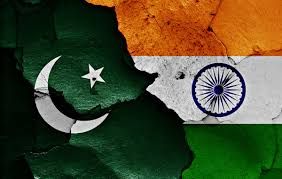
India and China:
When the Communists came to power in China, India had welcomed the change and was one of the first countries to recognise her. She also advocated China’s admission to the UN.
In 1954, Indian Prime Minister Jawaharlal Nehru and the Chinese Prime Minister, Chou- en-lai, had signed the “Panchsheel” agreement.
In 1962, China attacked India in the North-East and occupied a part of Indian Territory. The war ended soon but relations between India and China remained strained for a long time to come.
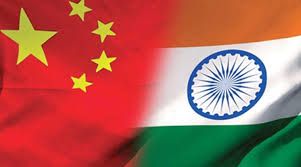
India and Nepal:
Nepal depends on India for economic support and transit facilities. Almost all of her imports pass through Indian ports. India has made a significant contribution to economic and social developments of Nepal. Agreements have been signed for greater cooperation in trade, education, industrial development and cultural exchange programmes.
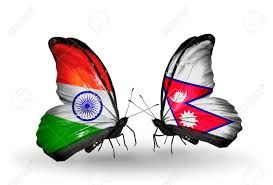
India and Bhutan:
Bhutan, a small Himalayan kingdom, is one of the poorest countries of the world. India has helped Bhutan in her telecommunication and hydroelectric projects and in the construction of hospitals, roads and bridges.

India and Bangladesh:
In 1971, a civil war broke out between the people of East Pakistan and West Pakistan. India helped East Pakistan in her war of independence against West Pakistan. In 1971, East Pakistan became independent with India’s support. A new nation, Bangladesh, was born under Mujibur Rehman.
Subsequently, India helped Bangladesh to set her economy on a sound footing by giving her loans and technical assistance.
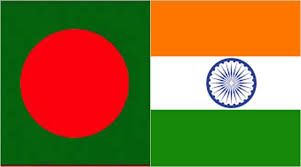
India and Myanmar:
Myanmar (Burma), which was a part of British India, became independent in 1948. Since India and Myanmar share common boundaries, they have to face problems of smuggling and illegal migration. Rajiv Gandhi visited Myanmar in 1987 and the two countries agreed to solve these problems through greater vigilance.
India supports Aung-San Suu Kyi, the Nobel peace prize winner who is the leader of the democratic movement in Myanmar.
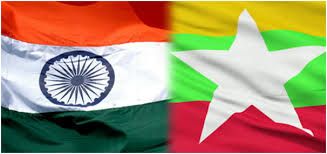
India and Sri Lanka:
India has cultural, historical and religious ties with Sri Lanka. Sri Lanka is facing a civil war in her northern provinces.
India wants Sri Lanka to find a solution to her conflict with the Tamils who are fighting for independence. As member states of the SAARC, both countries are working together on developmental issues.

